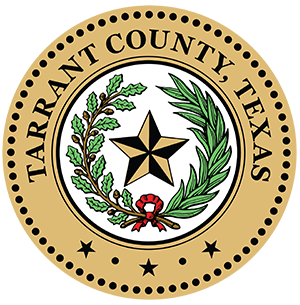Assessment Unit
The Assessment Unit is a centralized point of contact for the Courts to aid them in assigning conditions of supervision and to assist the field supervision officer with developing supervision plans designed to target those areas which contributed to criminal behavior. By completing this process at the onset of supervision, conditions of supervision can be tailored to meet the specific needs of the community and the offender. Adherence to the risk, needs and responsivity principles of effective correctional practices means identifying those who are high risk to recidivate and to target interventions and supervision to address those areas which contribute to the criminal behavior.
The Assessment Unit identifies those offenders who need closer supervision and focuses on interventions that target identified criminogenic needs for that population. Research today is very clear that matching the offender’s risk and needs with the conditions of supervision at the onset of supervision increases the likelihood for successful completion of the term of supervision.
The Assessment Unit utilizes the Texas Risk Assessment System (TRAS) to 1) sort offenders into risk groups based on their likelihood to recidivate, 2) identify dynamic risk factors that can be used to prioritize programmatic needs and 3) identify potential barriers to treatment.
Completed within two weeks of receiving community supervision, this process allows us to identify and address criminogenic needs with appropriate interventions and supervision strategies early in the term of supervision.
Upon completion of the interview, the assessor completes the scoring process and makes recommendations to the sentencing court for supervision and interventions, which target those areas that got the offender into trouble. This assessment is then utilized by the community supervision officer to develop individual case management plans that are tailored, comprehensive and focused around the individual’s risk/needs, thus decreasing the risk of recidivism.

 TARRANT COUNTY, TX
TARRANT COUNTY, TX

 Community Supervision and Corrections Department
Community Supervision and Corrections Department